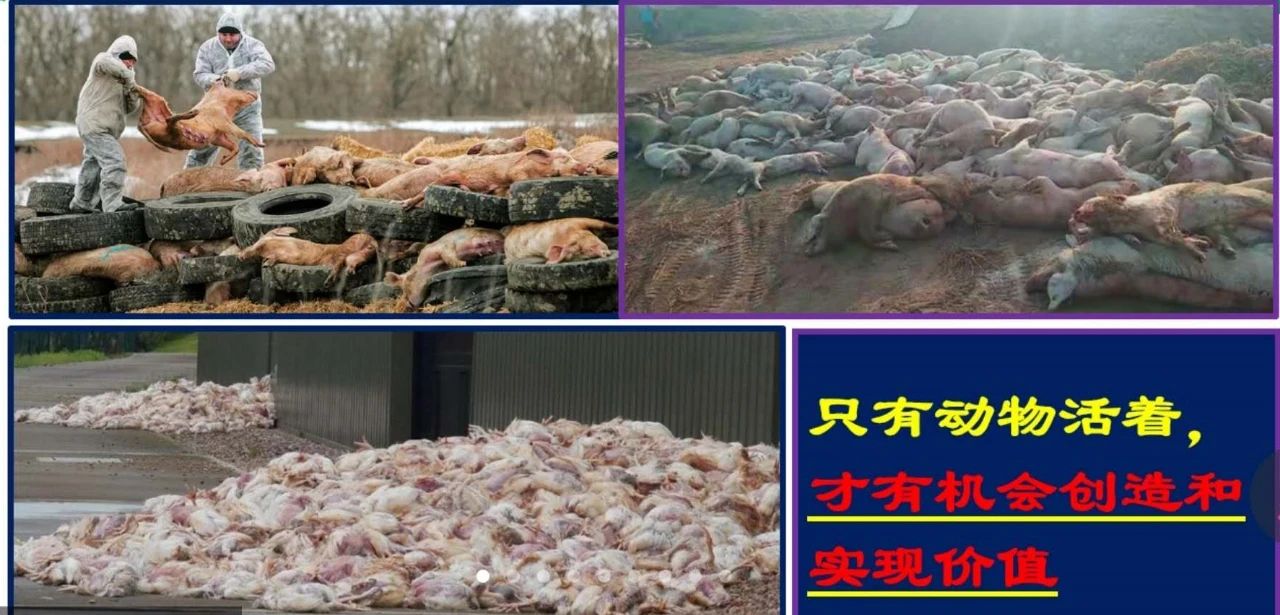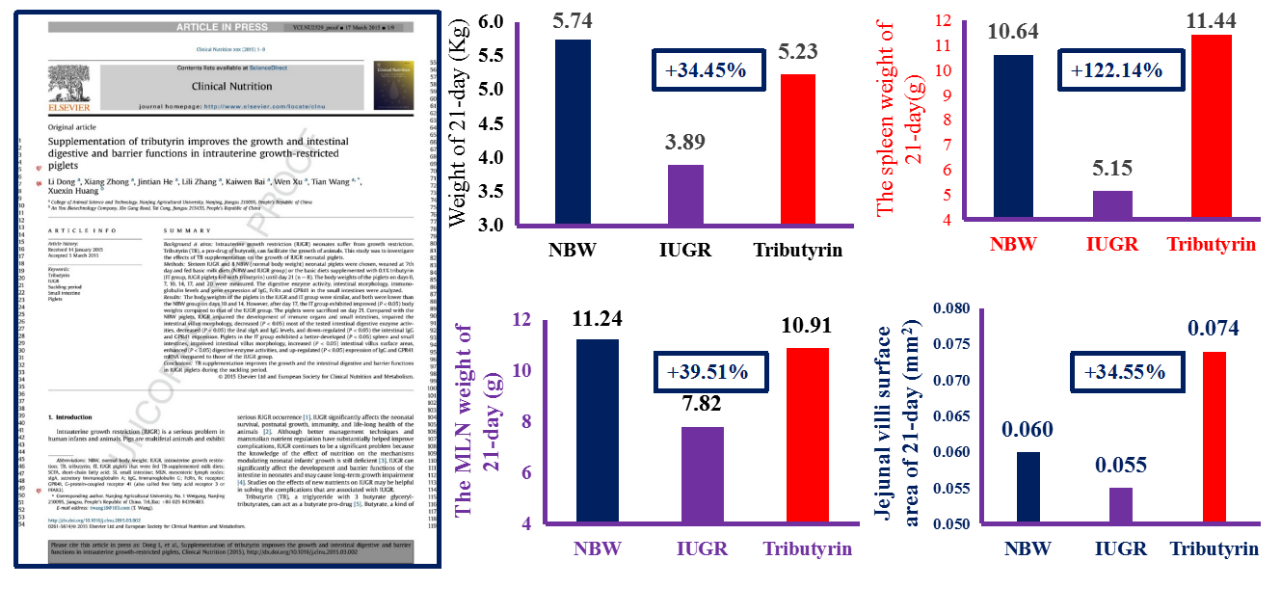 Sendtime:2020-06-19
Sendtime:2020-06-19
 Pageviews:468
Pageviews:468
Livestock farming has positive assets and negative ones at the same time. When animals survive, it is positive assets, and there are opportunities for profits; when animals die, it is negative ones - a direct loss. For example, 3,000 RMB will be cost for each pig’s death, while 800-1000 RMB will be earned only for raising one pig into market successfully, that is to say, it costs profits of 2-3 survived pigs to even the loss of a dead one. It becomes farmers’ urgent demand to improve piglet’s survival rate and the number of healthy ones.

The exacerbating process of piglet’s death from onset, is caused by comprehensive factors, if we see this process from a result-oriented perspective, we’ll realize it involves a multi-organ or a critical organ failure. An insufficient supply of blood oxygen, which leads to an insufficient ATP production, the energy substance that drives life, is the root of the failure. Therefore, improving blood oxygen saturation, effective supply and utilization of oxygen are the core of life preservation. For instance, when a person is sick or facing a life threatening, first step of emergency treatment is to use external life support system, which requires wearing an oxygen mask, to increase blood oxygen saturation.
Butyrate, as a signal molecule, can initiate the synthesis of γ-hemoglobin. In the 1970s, the fetuses of the pregnant women who carried gestational diabetes mellitus (GDM)still had the γ-hemoglobin with her, a gene is supposed to be silenced within 18 weeks after birth. This gene was expressed widely in human, poultry, pig, sheep, cattle and non-human primate after being activated by butyrate . Scientists from America and Germany had been screening more than 50 precursors of butyrate for decades, not until the year 2000 did they determine, that Tributyrin behaved the best and the safest.
The butyrate in Tributyrin promotes the expression of γ-hemoglobin, increases the number of red blood cells, and improves animals’ abilities of carrying oxygen actively. The death of an animal isn’t caused by lacking of energy, but oxygen. Let’s take human being for instance, a person will not survive after a 3-minute hypoxia, because oxygen is the mitochondria oxidation of nutrients, that releases ATP to drive life. So the intuitive feeling of downstream farmers’ in this regard is, that healthy pigs are definitely with red skins and bright fur.
At present, the survival rate of a sow’s piglets is still generally low, and the piglets are with a high portion of weak ones at the same time. A lack of blood supply from placenta is the explanation of this phenomenon. If the blood supply from placenta is sufficient, the nutrition will be at a great level, and the number of healthy piglets will look better.
Example
In 2015, ANYOU Group and Nanjing Agricultural University, together carried out an experiment at the pig farm of ANYOU group, in Wuhu, a province of Anhui, China-adopting a super early nutritional intervention of Tributyrin to turn weak piglets into healthy and strong ones.

Super early weaning (7 days old weaning) was adopted, and the same milk substitute was used as a basic diet in all treatment groups. The piglets were divided into 3 groups in terms of different weights: the 1st group was of normal weight (1.54kg), the 2nd one was of light weight (0.95kg) with a growth restriction in utero (0.95kg), and the 3rd one was of weak ones with additional Tributyrin added in the milk substitute.
The experiment started at the 7th day and ended at the 21st day after the piglets’ births. The weight of the weak ones reached the normal level in just two weeks, after the Tributyrin nutritional intervention was implemented. And what’s more important was that the indexes of internal and digestive tract immune organs, were even better than the control group’s. This experiment is a signal of the significant transformation of the weak piglets turning into strong and healthy ones, and it improved the survival rate and growth efficiency.